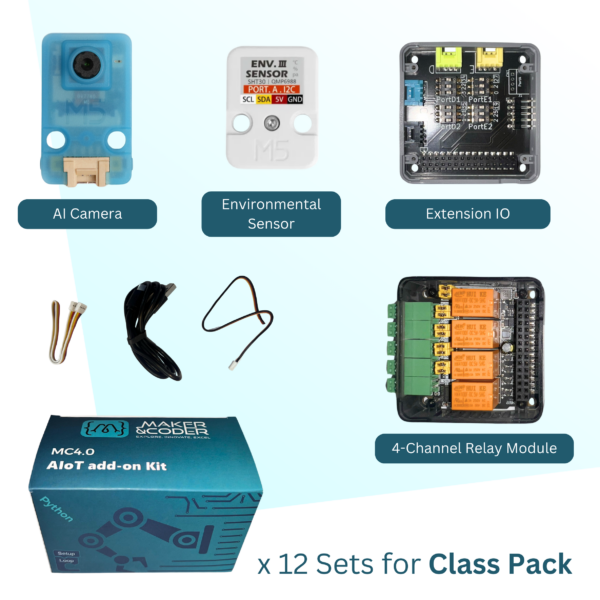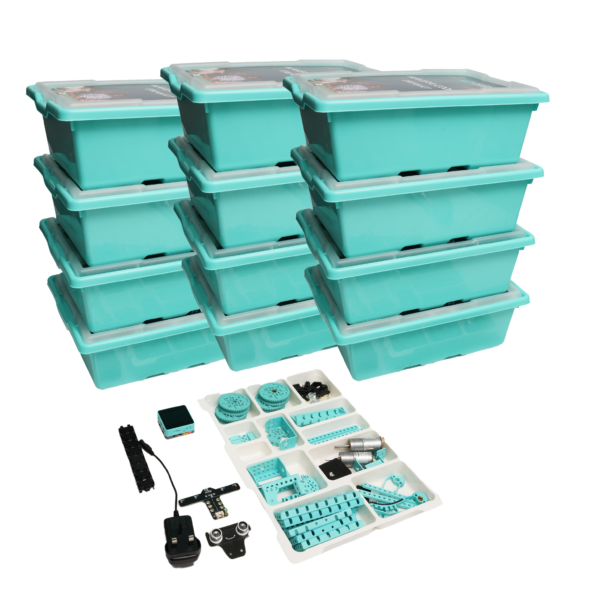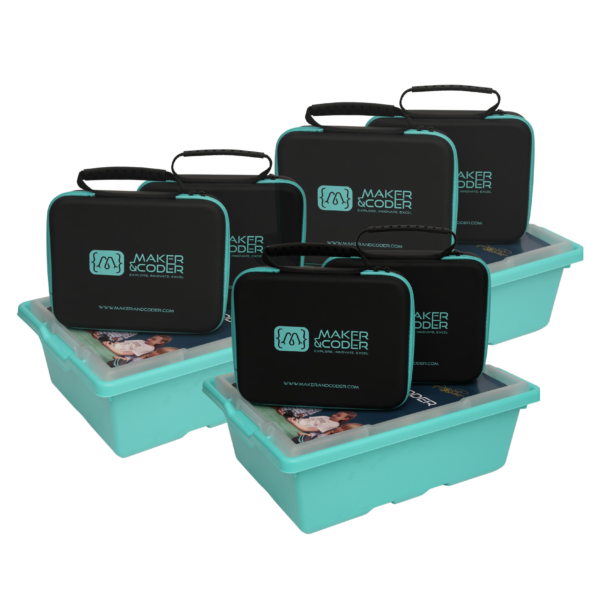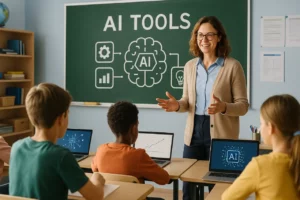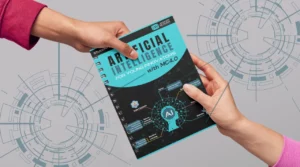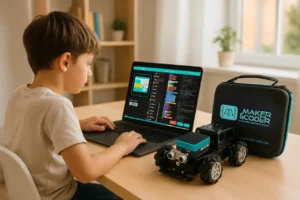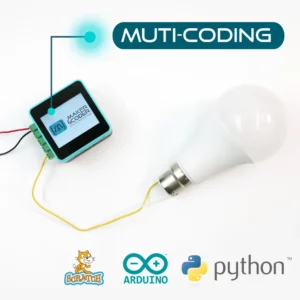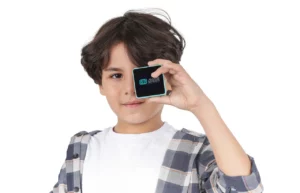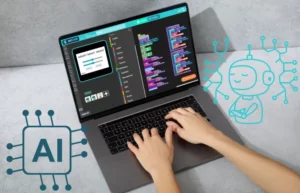Introduction to First Robotic Kits
First Robotic Kits are educational kits designed to teach students about robotics in a hands-on way. These kits typically include components like motors, sensors, and programmable controllers that students can use to build and program their own robots. First Robotic Kits aim to introduce students to basic engineering concepts and coding skills in a fun and interactive manner. Students not only learn about robotics but also develop problem-solving abilities and critical thinking skills through building and programming their robots.
Benefits of Integrating First Robotic Kits into Curriculum
First Robotic Kits in the curriculum can enhance students’ critical thinking and problem-solving skills. They provide hands-on learning experiences that engage students and make learning more interactive. Integrating these kits can also help students develop teamwork and collaboration skills as they work together to create and program robots. Moreover, learning with robotics can spark interest in STEM subjects and prepare students for future job opportunities in technology-related fields.
How First Robotic Kits Enhance Learning
First Robotic Kits enhance learning by providing hands-on experience in programming and engineering. Students using these kits can apply theoretical knowledge to real-life situations, fostering creativity and problem-solving skills. The interactive nature of the kits encourages active engagement and collaboration among students, promoting a deeper understanding of STEM concepts. Through building and coding robots, students develop critical thinking and teamwork abilities while preparing for future careers in technology and innovation.
Incorporating First Robotic Kits in Different Subjects
When incorporating First Robotic Kits into different subjects, teachers can enhance students’ learning experiences and foster creativity across various disciplines. By integrating robotics into subjects like science, technology, engineering, and math, students can develop problem-solving skills, teamwork, and critical thinking abilities. Additionally, using First Robotic Kits in subjects such as art and language arts can encourage innovative thinking and interdisciplinary connections.
Training and Support for Educators
Educators can receive training on how to incorporate robotics into their teaching. This includes learning how to use the robotic kits effectively in the classroom and integrating them into the curriculum. Support is also available for educators who may need help troubleshooting issues or coming up with creative ways to engage students with the robotic kits. Overall, the goal is to empower educators with the knowledge and skills they need to successfully utilize robotics as a tool for enhanced learning experiences.
Challenges and Solutions in Implementing First Robotic Kits
Implementing First Robotic Kits into curriculum can present various challenges. Some common problems include the need for specialized training for teachers, lack of funding for purchasing kits, and difficulty in integrating robotics into existing lesson plans. However, there are solutions available. Schools can provide professional development opportunities for educators to build their robotics knowledge. Grant applications can be pursued to secure funding, and collaboration with local businesses or organizations can also help in acquiring resources. Integrating robotics into multiple subjects can make it easier to incorporate them into the curriculum seamlessly.
Success Stories of Schools Using First Robotic Kits
Many schools have reported positive outcomes after incorporating First Robotic Kits into their curriculum. Students have shown increased interest in STEM subjects, improved problem-solving skills, and enhanced teamwork abilities. Teachers have observed higher levels of engagement and motivation among students, leading to a more dynamic learning environment. Additionally, participating in robotics competitions has boosted students’ confidence and critical thinking skills.
First Robotic Competitions and Events
First Robotic Competitions and Events provide students with the chance to showcase their technical skills and creativity. Participating in these events allows students to apply what they have learned in a competitive and exciting environment. Teams work together to design, build, and program robots to complete specific tasks, fostering collaboration and problem-solving skills. These competitions often take place at a regional, national, and even international level, giving students the opportunity to compete against peers from different parts of the world.
Future Trends in Educational Robotics
Educational robotics is shaping the future of learning. Schools are increasingly integrating robotic kits into their curriculum to enhance students’ problem-solving and collaboration skills. As technology advances, the use of educational robots is expected to grow. This trend is not just about teaching coding; it’s about fostering creativity and critical thinking in students.
Conclusion: Shaping the Future of Learning
In conclusion, integrating robotics kits into the curriculum can revolutionize the future of learning. It allows students to develop essential skills like problem-solving, creativity, and critical thinking in a hands-on way. By incorporating robotics, educators can prepare students for the increasingly technology-driven world they will enter. It’s an exciting way to engage students and spark their interest in STEM fields, setting them up for success in the future.

